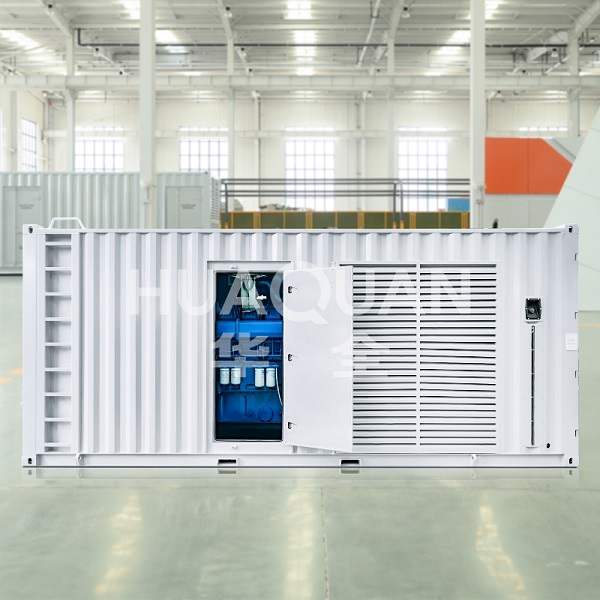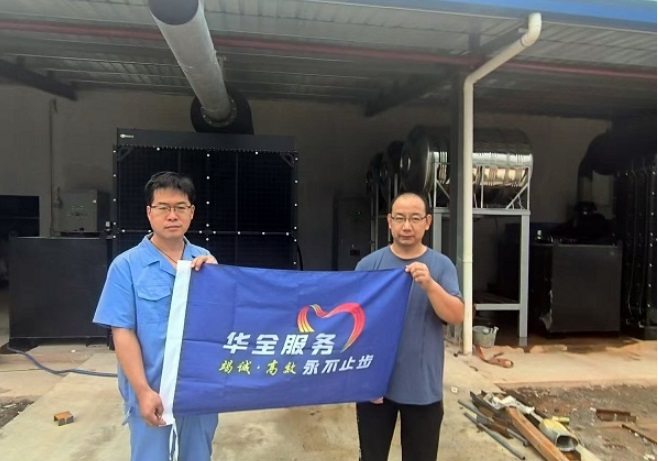Container energy storage stations (CESS) are pivotal for balancing power grids and supporting renewable energy. However, like any complex system, they can encounter operational hiccups. Below, we explore seven common issues and actionable fixes to keep your CESS running smoothly.
1. Battery Degradation or Capacity Loss
Symptoms: Reduced runtime, inconsistent charging cycles.
Causes: Extreme temperatures, overcharging, or aging cells.
Fixes:
Monitor cell voltage and temperature via BMS alerts.
Calibrate the system annually to reset SOC (state of charge) accuracy.
Replace modules with >20% capacity loss (check manufacturer’s warranty).
2. Thermal Runaway Risks
Symptoms: Unusual heat, hissing sounds, or smoke.
Causes: Poor ventilation, faulty cooling systems, or damaged cells.
Fixes:
Ensure AC/DC cooling units are debris-free and fans operate at 100% capacity.
Install fire suppression systems (e.g., FM200) and thermal imaging cameras.
Isolate affected containers immediately if temperatures exceed 45°C (113°F).
3. Inverter/PCS Failures
Symptoms: Grid disconnects, harmonic distortions, or error codes like “Grid Loss.”
Causes: Voltage fluctuations, software glitches, or component wear.
Fixes:
Update PCS firmware quarterly.
Test anti-islanding protection monthly.
Keep spare IGBTs on-site for critical repairs.
4. Communication Breakdowns
Symptoms: SCADA system offline, false alarms, or delayed data.
Causes: Loose fiber-optic connections, EMI interference, or outdated protocols.
Fixes:
Use shielded CAT7 cables for RS485/Modbus connections.
Isolate CESS from high-frequency equipment (e.g., VFDs).
Reboot the EMS (Energy Management System) after power cycles.
5. Fuel Contamination (For Hybrid Systems)
Symptoms: Engine misfires, clogged filters, or black exhaust.
Causes: Water ingress, microbial growth, or sediment buildup.
Fixes:
Test fuel biodiesel content monthly (limit to B5 for cold climates).
Install 10-micron water separators and polish fuel biannually.
Replace filters after 200 runtime hours.
6. Grounding and Lightning Strikes
Symptoms: Erratic operations post-storm, tripped breakers.
Causes: Inadequate surge protection or damaged grounding rods.
Fixes:
Install Class 1 SPDs (Surge Protection Devices) at both grid and load sides.
Test grounding resistance annually (aim for <1 ohm).
Elevate containers 12+ inches to prevent flood-related shorts.
7. Container Structural Integrity
Symptoms: Corrosion, leaking roofs, or misaligned doors.
Causes: Coastal salt exposure, poor drainage, or improper lifting.
Fixes:
Apply anti-corrosion coating (e.g., polyurethane) every 3 years.
Ensure 2% slope in container bases for water runoff.
Use certified slings and spreader bars during relocation.
Proactive Maintenance Tips
Daily: Check BMS alerts and ambient temperature.
Weekly: Review PCS logs for abnormal power dips.
Annually: Conduct a full insulation resistance test (≥500V megger).
Conclusion
Early detection of issues like battery degradation, thermal risks, or communication failures can save thousands in repair costs and downtime. By integrating these troubleshooting steps into your maintenance routine, you’ll maximize the lifespan of your CESS and ensure reliable power when it matters most.


